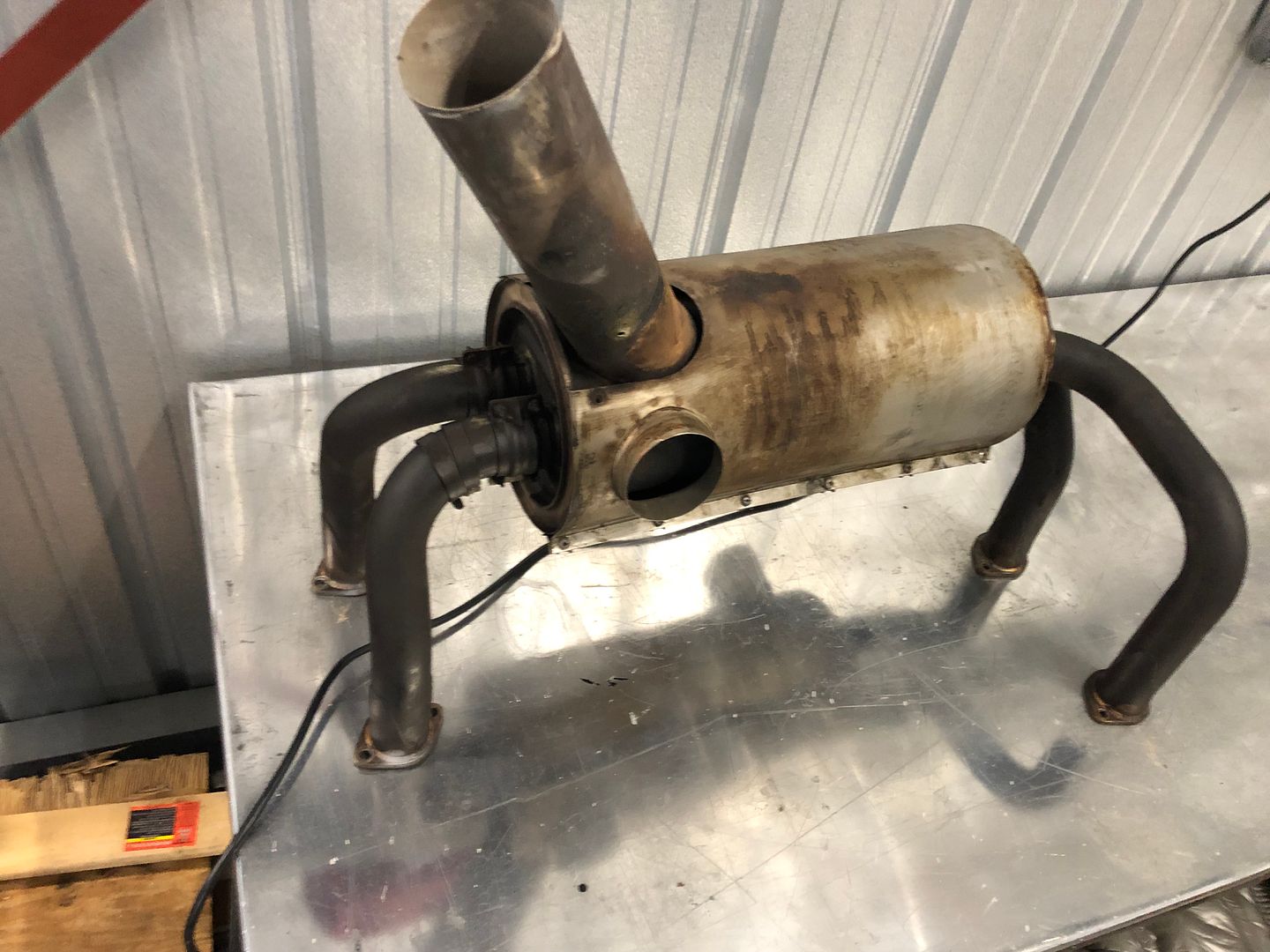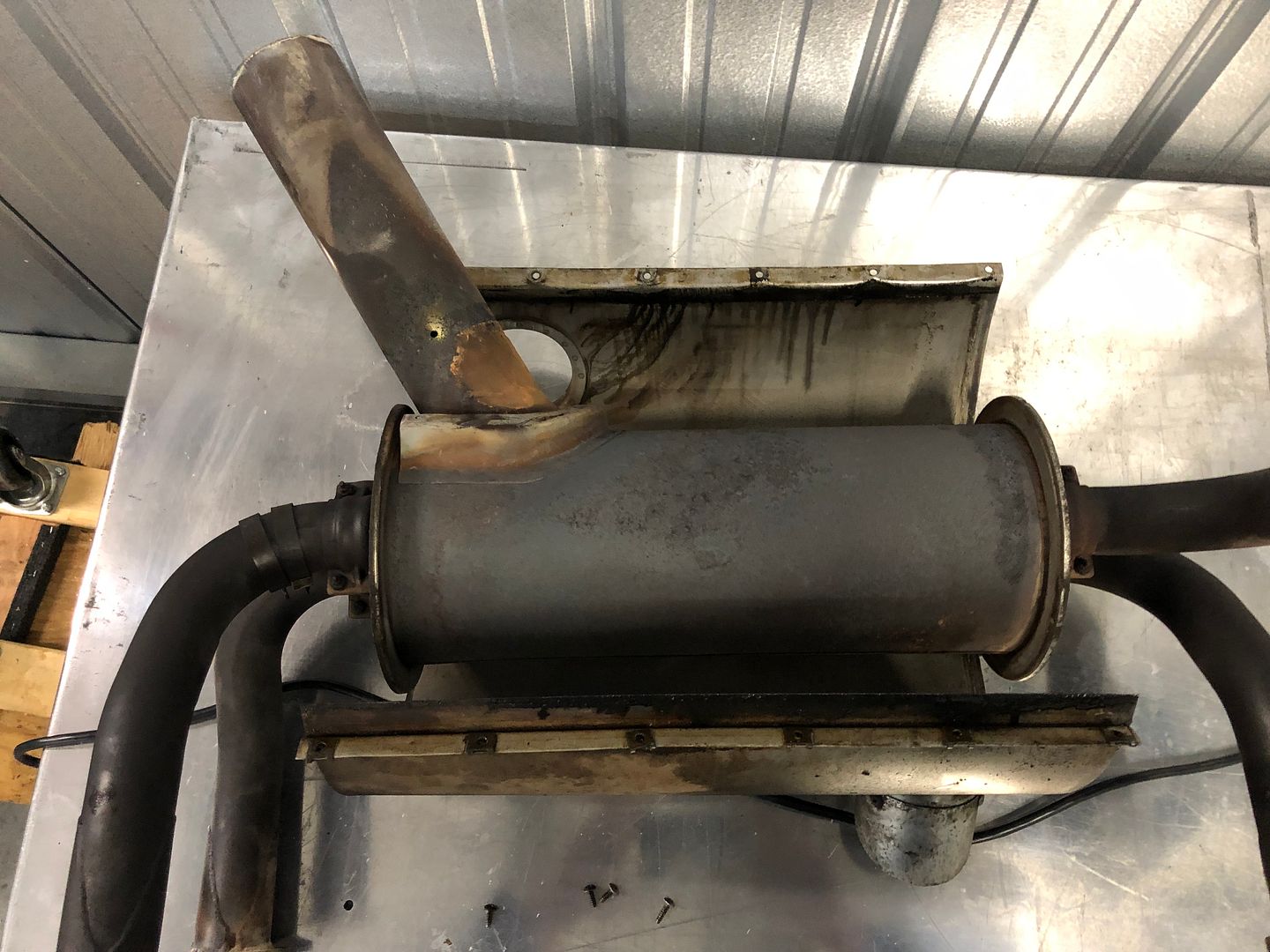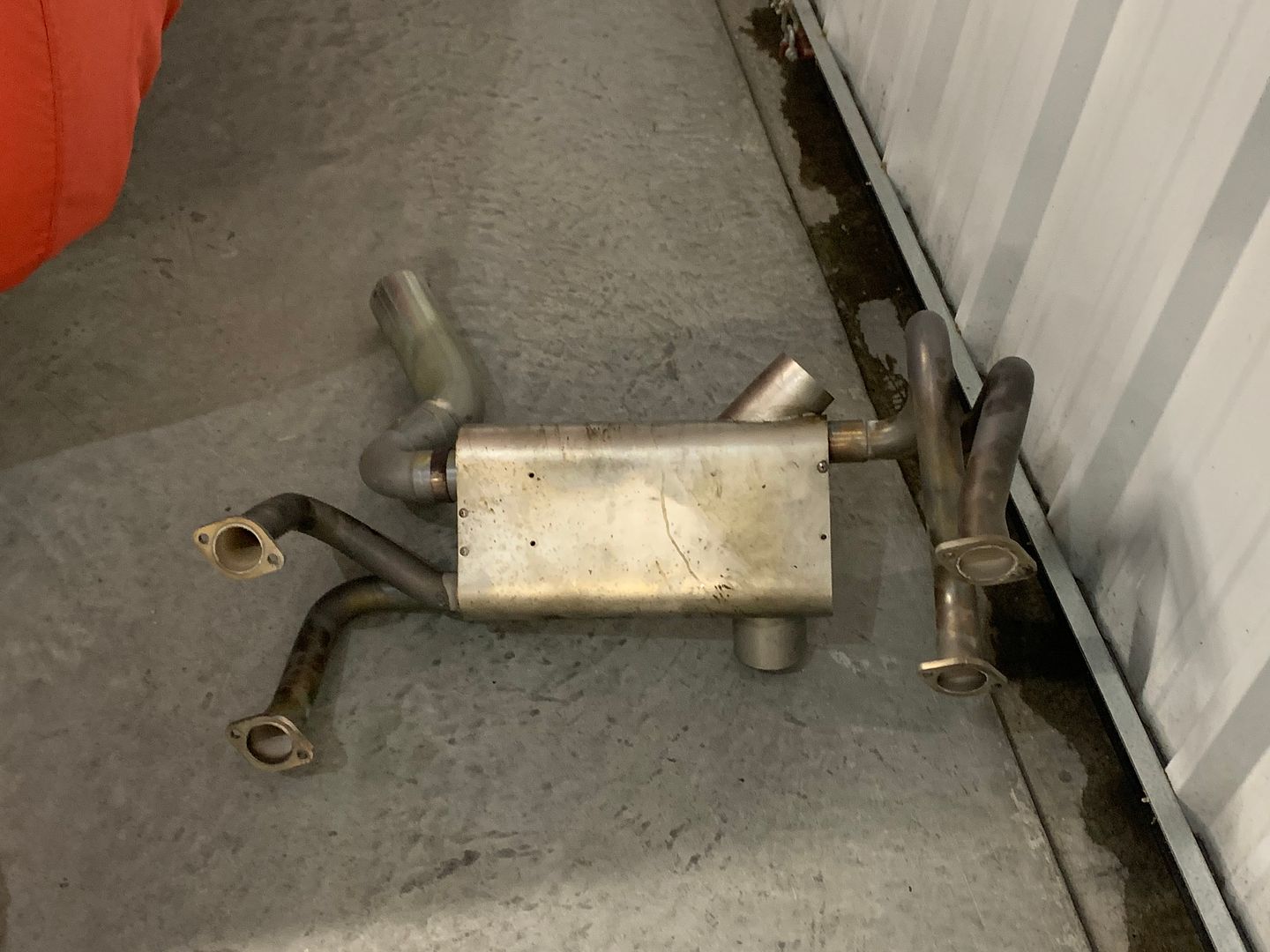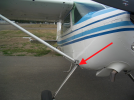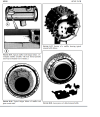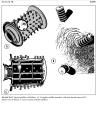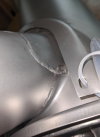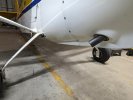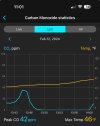SoCal 182 Driver
Line Up and Wait
- Joined
- Sep 11, 2019
- Messages
- 995
- Display Name
Display name:
SoCal 182 Driver
Friends -
I have a newly installed XP470 in my C182. Probably 2 hours break-in on it at this point. I took the plane and new engine out over the weekend for a break-in flight, and noticed that the CO reading was much higher with the new XP470 than it was the old O-470-R (around 30 PPM vs. less than 10 PPM with the old engine).
It was a cold (for Southern California) day, and we were flying with the vents closed. Since it was a break-in flight, we were flying at full throttle, with mixture full rich. When we cracked the fresh air vents, the numbers came down to below 20 (at full throttle, full rich).
What are the obvious things I should look for when I have the cowling removed that might contribute to the higher CO reading?
Thanks!
I have a newly installed XP470 in my C182. Probably 2 hours break-in on it at this point. I took the plane and new engine out over the weekend for a break-in flight, and noticed that the CO reading was much higher with the new XP470 than it was the old O-470-R (around 30 PPM vs. less than 10 PPM with the old engine).
It was a cold (for Southern California) day, and we were flying with the vents closed. Since it was a break-in flight, we were flying at full throttle, with mixture full rich. When we cracked the fresh air vents, the numbers came down to below 20 (at full throttle, full rich).
What are the obvious things I should look for when I have the cowling removed that might contribute to the higher CO reading?
Thanks!

